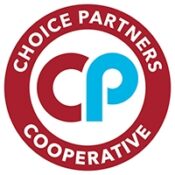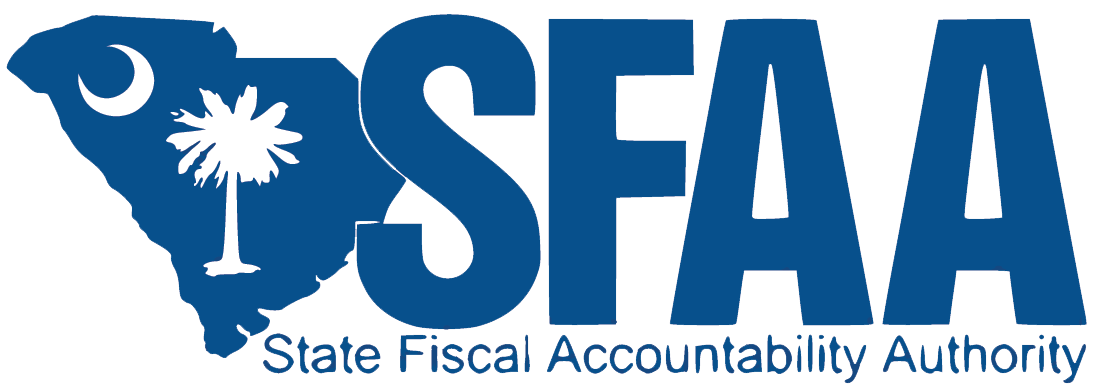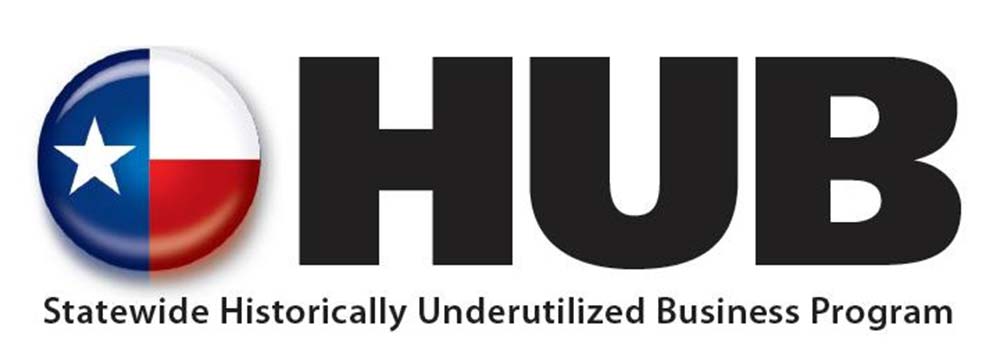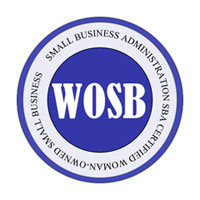Developing Strategic Procurement Decisions
The procurement function has evolved from a mere administrative task to a strategic role that significantly impacts an organization’s operational efficiency and bottom line. In this context, making strategic procurement decisions becomes crucial. This blog post explores various strategic procurement decisions that specialists must consider for effective management.
Make / Buy Decision
One of the fundamental decisions in procurement is whether to make a product or service in-house or buy it from an external supplier. This decision should be based on cost, capacity, expertise, quality control, and strategic focus. Organizations should opt for in-house production if they possess the necessary capabilities and can do it cost-effectively. Otherwise, outsourcing might be a better option.
Vertical Integration
Vertical integration involves an organization expanding its operations into areas at different points on the same production path. For instance, a manufacturer might start producing its raw materials (backward integration) or decide to distribute its products directly to consumers (forward integration). This strategy can provide better control over the supply chain, reduce costs, and improve efficiency.
Alliances and Partnerships
Strategic alliances and supplier partnerships can help organizations access new markets, technology, and expertise. These relationships should be built on mutual trust and benefit. Both parties should clearly define their expectations, responsibilities, and the terms of the partnership to ensure a successful relationship.
Inter-company Trade
Inter-company trade involves transactions between two divisions within the same parent company. It can streamline the supply chain, enhance coordination, and reduce costs. However, it requires careful management to avoid conflicts of interest and ensure fairness.
Reciprocity and Countertrade
Reciprocity involves mutual exchanges between two trading partners. Countertrade is a form of reciprocity where the payment is made in goods or services rather than cash. While these strategies can help build strong supplier relationships and enter new markets, they may also lead to anti-competitive practices and should be used judiciously.
Supplier Strategy
A well-defined supplier strategy is crucial for effective procurement. It involves selecting suitable suppliers, managing relationships, evaluating performance, and developing contingency plans. The process should align with the organization’s overall goals and be flexible enough to adapt to changes in the business environment.
The Coordination Strategy
Coordination in procurement involves aligning the objectives and activities of various stakeholders, including internal departments, suppliers, and customers. A good coordination strategy can improve efficiency, reduce costs, and enhance customer satisfaction. It requires effective communication, collaboration, and conflict-resolution mechanisms.
The Purchasing Organization
The structure and role of the purchasing organization significantly impact procurement effectiveness. It should have clear roles and responsibilities, adequate skills and resources, and efficient processes. The purchasing organization should also foster a culture of continuous learning and improvement.
Strategic procurement decisions can significantly impact an organization’s performance and competitiveness. As procurement specialists, understanding these decisions and their implications is crucial for developing effective strategies. By making informed decisions, you can contribute to your organization’s success and enhance your career in procurement.














